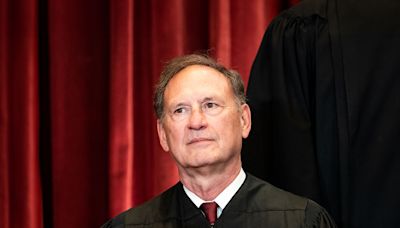Search results
Jun 22, 2023 · The Supreme Court can strike down any law or other action by the legislative or executive branch that violates the Constitution. This power of judicial review applies to federal, state, and local legislative and executive actions.
By taking a case that involves an issue that has led to differing opinions in the lower courts, the Supreme Court creates a precedent that every court in the country has to follow. This guarantees that the laws are applied equally to all people, no matter where they live.
Jul 5, 2022 · If, however, a case involves federal law or the US constitution, the document which created and governs the system of government, the parties may appeal to the supreme court.
It also has ultimate appellate jurisdiction over all federal court and state court cases that involve a point of constitutional or statutory law. Most of the cases the Supreme Court hears are appeals from lower courts.
The Court and Its Procedures. A Term of the Supreme Court begins, by statute, on the first Monday in October. Usually Court sessions continue until late June or early July. The Term is divided between “sittings,” when the Justices hear cases and deliver opinions, and intervening “recesses,” when they consider the business before the ...
The Supreme Court has its own set of rules. According to these rules, four of the nine Justices must vote to accept a case. Five of the nine Justices must vote in order to grant a stay, e.g., a stay of execution in a death penalty case.
People also ask
What does the Supreme Court do?
What happens if a case goes to the Supreme Court?
How do Supreme Court decisions work?
What is a Supreme Court decision?
The Court is the highest tribunal in the Nation for all cases and controversies arising under the Constitution or the laws of the United States. As the final arbiter of the law, the Court is charged with ensuring the American people the promise of equal justice under law and, thereby, also functions as guardian and interpreter of the Constitution.



